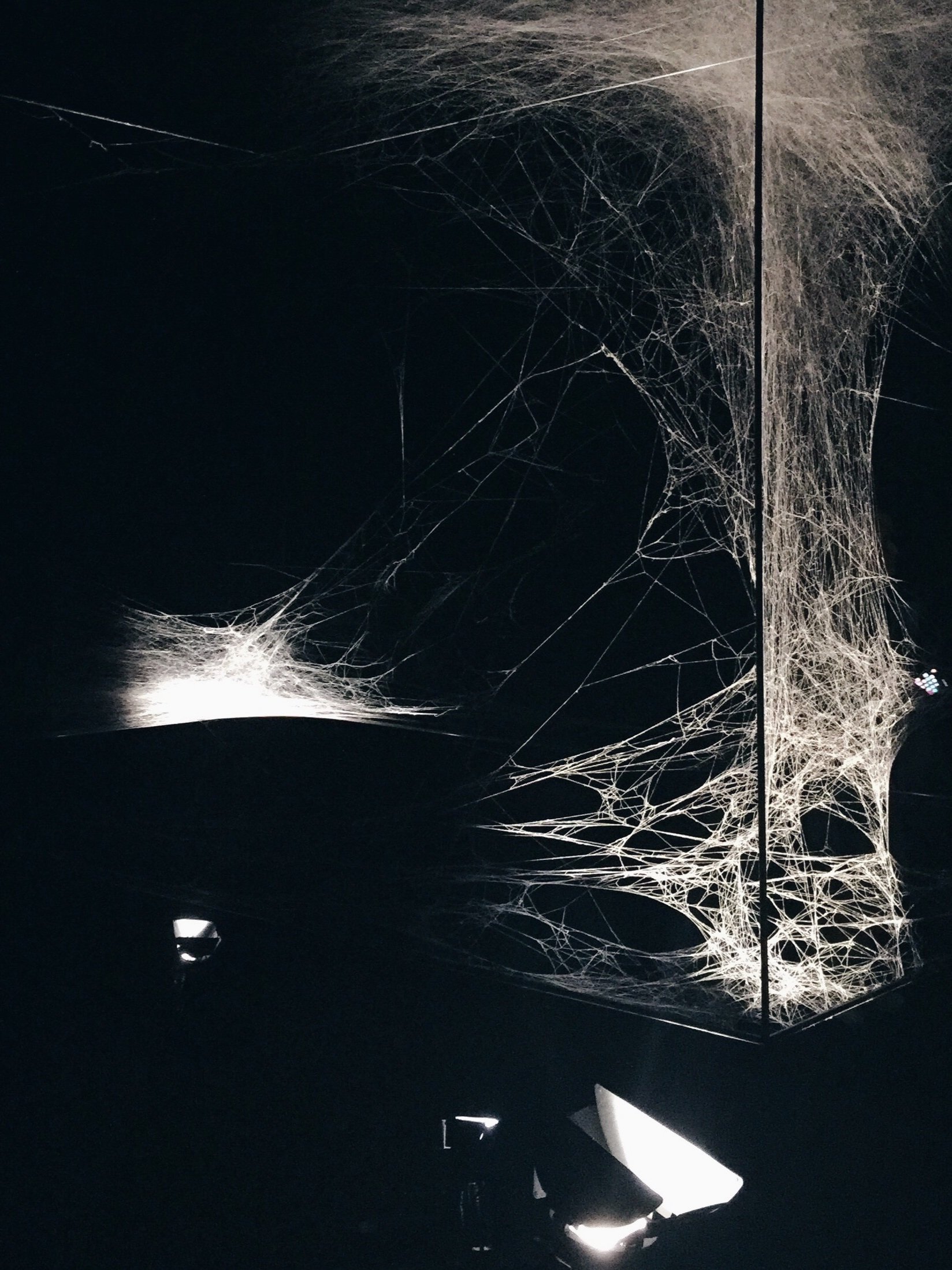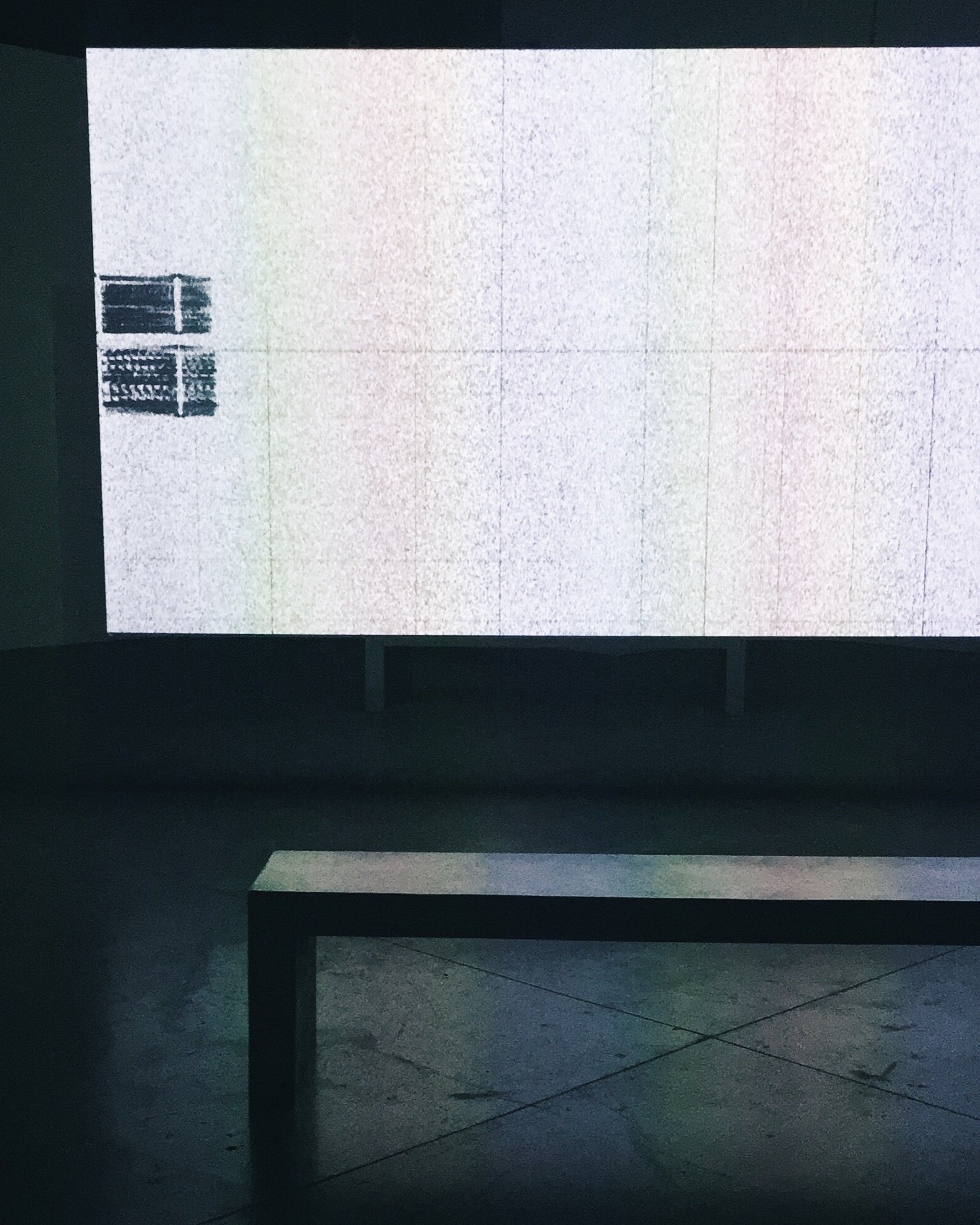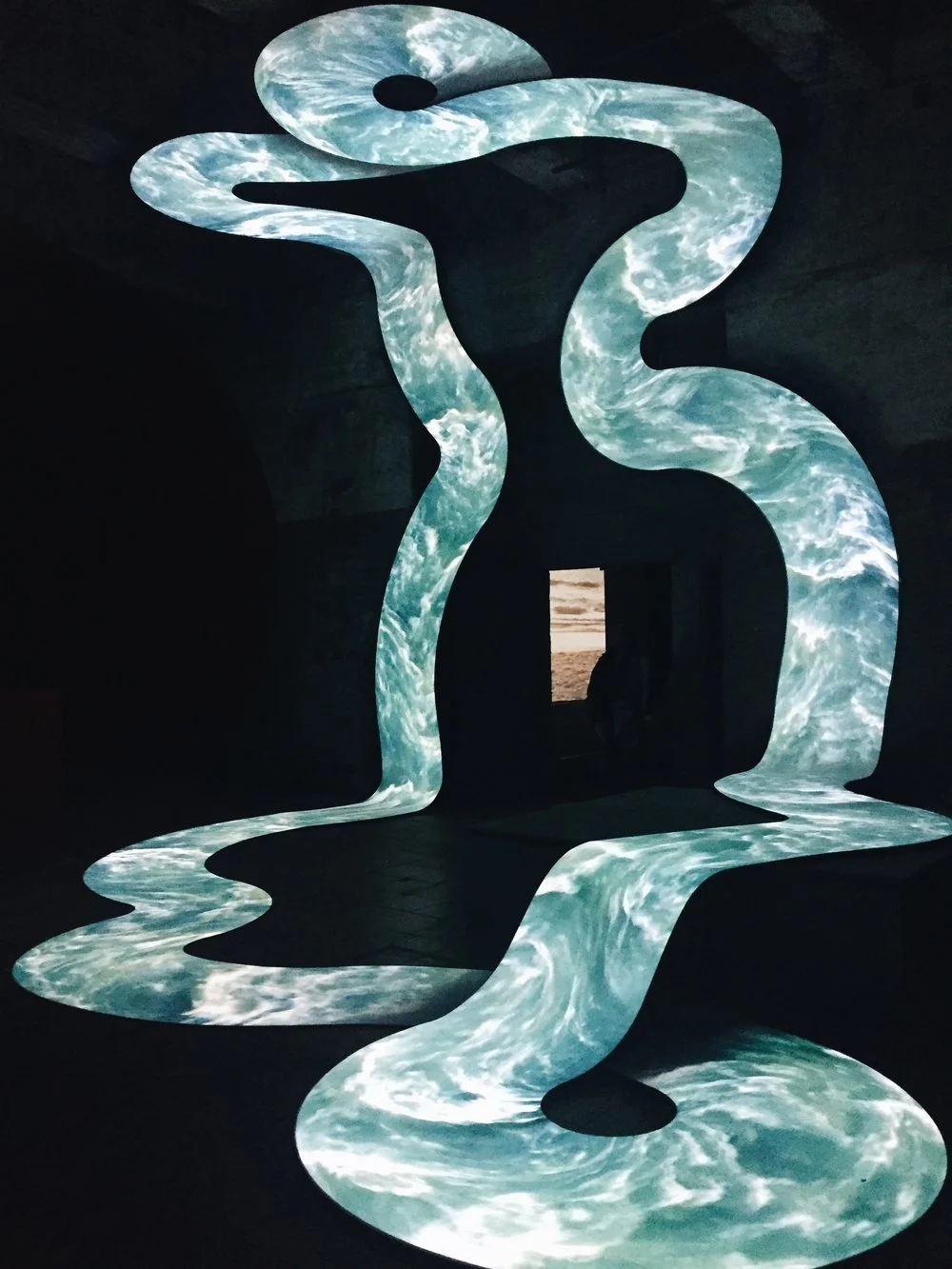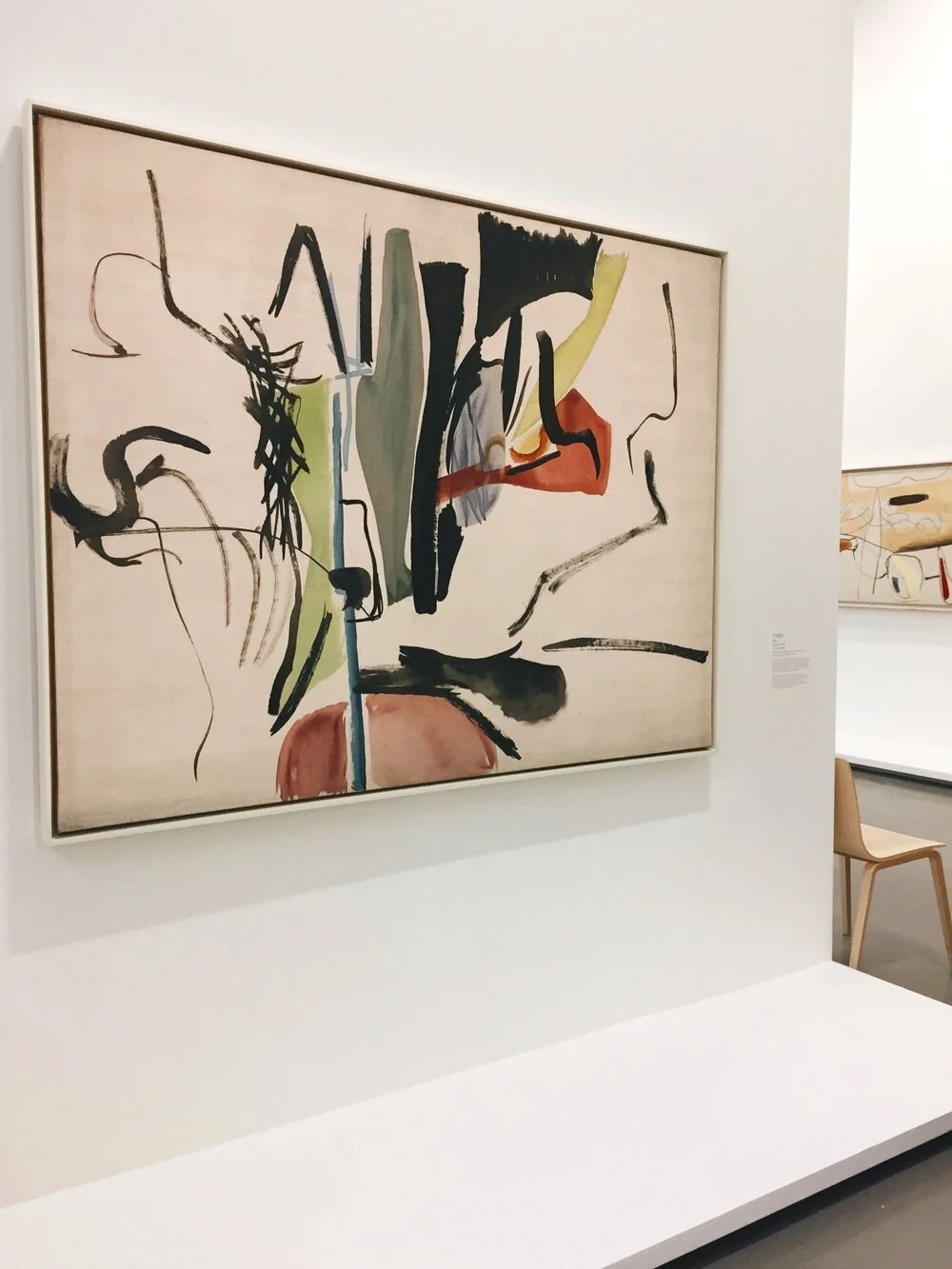Exhibition Review: On Air at Palais de Tokyo
When one imagines art museums in Paris, neoclassical masterpieces at the Louvre come to mind. Or perhaps, the iconic impressionist works at Musee D’Orsay. However, many don’t realize that Paris is also highly invested in contemporary art. Palais de Tokyo is proof of such. This museum is France’s largest exhibition space for contemporary art. What makes it extra special is the museum’s biannual Carte Blanche series, which gives chosen contemporary artists free reign and creative control of the museum’s spaces to design and present an exhibition.
This season’s featured guest was Argentinian interdisciplinary artist Tomás Saraceno. He is an artist who works in many mediums. His work is often large, sometimes interactive, and typically conceptual. He is best known for his floating sculptures and dedication to environmental issues.
This exhibition, titled On Air specifically explored the concept of the ecosystem. But it wasn’t based upon a green, lush display of a bountiful landscape. Rather it was a dark, even sometimes extraterrestrial exploration of life (the opening galleries were literally presented in the dark, and museum guards had to shine flashlights at visitors feet to help them find their footing and lead them through the exhibition).
Saraceno began with spider webs. The first gallery was dedicated to hundreds of giant spider webs, intricately spun and displayed in three-dimensional frames. They were beautiful and delicately powerful. Saraceno’s specific motive for these works provided greater meaning to his overall theme: Saraceno’s inspiration came from his initial survey of the museum, where he noticed cobwebs throughout the neglected corners of the building. He saw these webs as spiders’ voices: complex yet unassuming. He decided to amplify these voices and create a room dedicated to enlarged monuments of these spiders’ creations. It’s the very definition of advocacy…except with spiders.
Taking the unseen and making it visible was a huge part of the show. Amplifying and adding visual components to sound waves, magnifying dust particles, and turning air pollution into ink (then into images) were some of the ways Saraceno wanted visitors to rethink space within our world. I think he was successful with this. The extraterrestrial aspects threw me off a little bit because it sometimes felt more conspiracy theory than eco-physics, but I understood and still appreciated the idea.
Interactive art was also a huge part of the greater theme. The most grandiose portion of the exhibition included a large white-cube room filled with interwoven strings titled Algor(h)i(y)thms. Visitors can slide their fingers on each string, and each one has a different sound frequency. Some strings will make audible noise, others are beyond human range of hearing. The room enlivens with chime-like noises and the floor even vibrates (visitors can take off shoes or lie down on floor to fully immerse themselves).
Towards the end, it all made sense: we were apart of the art, and we could therefore be apart of the art’s mission. The exhibition took a turn towards environmental advocacy: a “museum” made of recycled plastic bags, a mission statement and project (titled Aerocene) dedicated to ethical collaboration with the environment, and an interactive workshop dedicated to ecology and our relationship to the planet acted as the exhibition’s finale. Saraceno’s presentation was not just an observation and presentation of our world, it was a call to action to save it.













